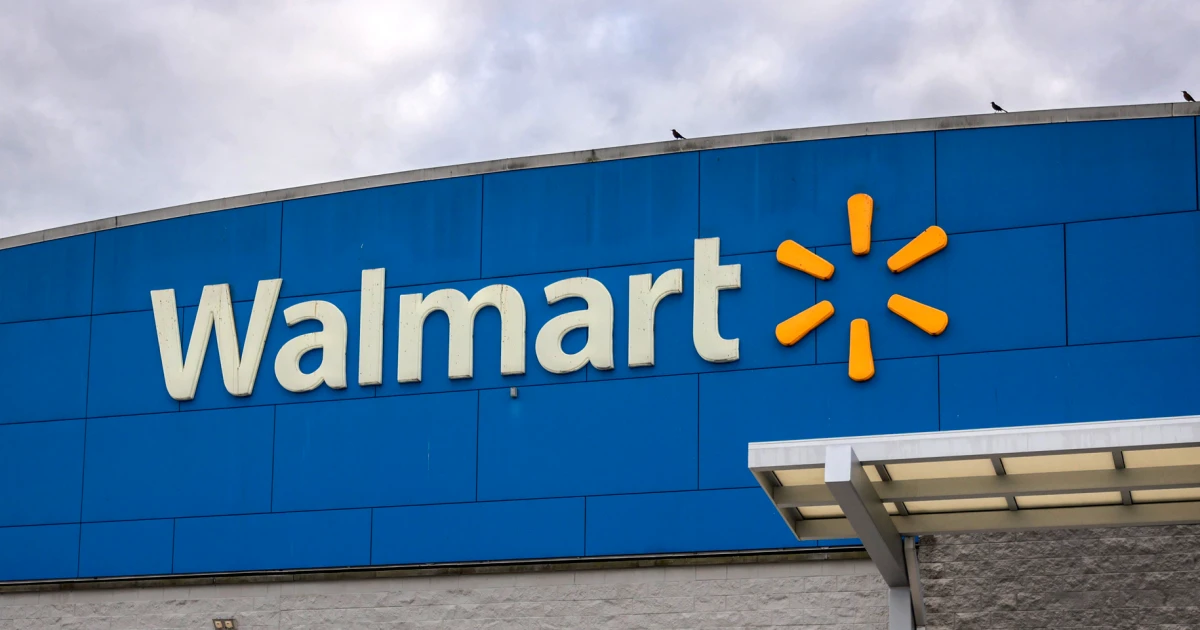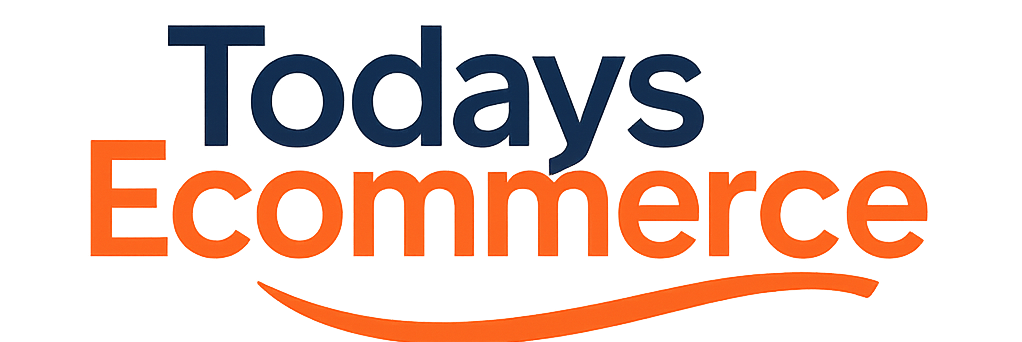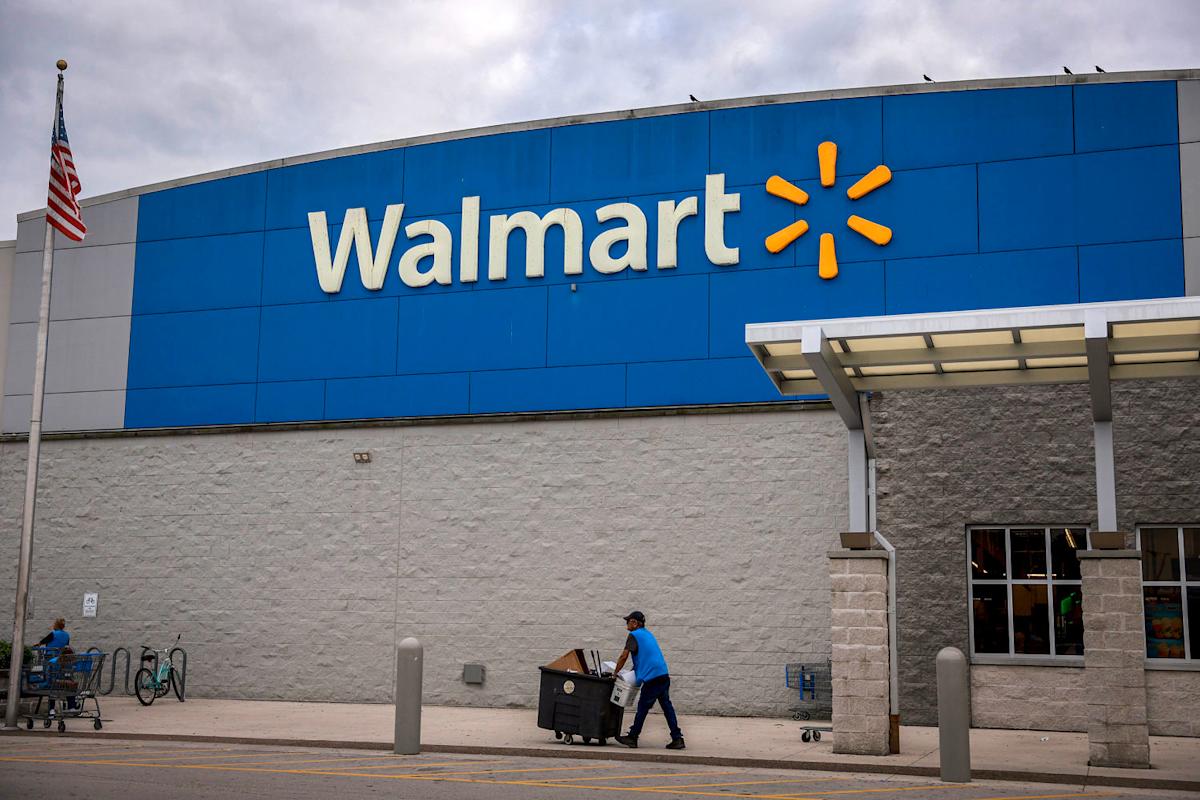Walmart, America’s largest retailer, finds itself at the center of a high-stakes political and economic balancing act as it implements significant price increases across thousands of products in response to escalating tariff pressures. The retail giant’s decision to raise prices, despite explicit demands from President Trump to “eat the tariffs,” represents a calculated risk that could reshape both its competitive position and relationship with the current administration.
The company’s strategy has already triggered substantial price hikes across multiple product categories, with some items seeing increases exceeding 100%. Toys have been particularly affected, with a Jurassic World dinosaur toy jumping from $39.92 to $55 (a 38% increase), while an Etch A Sketch rose from $14.97 to $24.99—nearly a 67% markup. These dramatic price adjustments reflect the broader impact of tariffs that reached as high as 145% on Chinese imports before being reduced to 30%.
Walmart’s approach appears deliberately strategic, potentially designed to encourage competitors to raise their prices while the company maintains flexibility in its own pricing structure. CEO Doug McMillon and CFO John David Rainey have emphasized their long-term perspective, with Rainey stating, “We are going to be aggressive” in capitalizing on market opportunities. This positioning suggests Walmart may be using the tariff situation to gain market share by appearing to follow industry trends while secretly planning to maintain competitive pricing where it matters most to customers.
The political ramifications of this strategy became immediately apparent when President Trump responded via social media, demanding that Walmart “STOP trying to blame Tariffs as the reason for raising prices throughout the chain” and insisting the company should “EAT THE TARIFFS”. This public confrontation highlights the delicate balance retailers must maintain between operational realities and political expectations.
Strategic Market Positioning Amid Tariff Turbulence
Walmart’s tariff response strategy extends far beyond simple price adjustments, representing a sophisticated approach to market positioning during economic uncertainty. The company has begun experiencing increased costs since late April, with a substantial escalation in early May, affecting a broad range of products from electronics and toys to fresh produce.

The retailer’s CFO, John David Rainey, described the current environment as “unprecedented in terms of the speed and magnitude in which the price increases are coming,” indicating that shoppers can expect noticeable increases by the end of May, with additional adjustments likely in June. This timeline suggests a carefully orchestrated rollout designed to minimize customer disruption while maintaining operational viability.
Walmart’s approach involves several tactical elements: ordering smaller quantities of high-impact items, encouraging suppliers to shift production away from heavily tariffed countries, and strategically raising prices on some non-tariffed goods to offset losses elsewhere. These moves demonstrate the company’s commitment to maintaining its “everyday low prices” philosophy while adapting to new economic realities.
Competitive Advantage Through Calculated Risk-Taking
The retailer’s willingness to publicly acknowledge tariff impacts—despite potential political backlash—may actually strengthen its competitive position. With operating margins hovering around 4-5%, significantly lower than specialty retailers, Walmart faces unique pressure to address cost increases transparently. This honesty could build customer trust while positioning the company as a victim of circumstances rather than a profit-maximizing entity.
Industry analysts suggest Walmart’s announcement of price increases might serve as a strategic signal to competitors, encouraging them to raise prices while Walmart quietly plans to maintain lower pricing in key categories. This approach could allow the company to capture market share from competitors who follow suit with aggressive price increases.
The strategy also includes a public relations component, with Walmart expressing gratitude to the Trump administration for progress in China negotiations while advocating for further tariff reductions. This diplomatic approach attempts to maintain political relationships while defending business necessities.
Consumer Impact and Market Response
The immediate consumer impact has been substantial, with protest groups like The People’s Union organizing boycotts targeting Walmart’s tariff response. However, the company’s dominant market position and the essential nature of many affected products may limit the effectiveness of such campaigns.
Walmart’s price increases span multiple categories, affecting everything from heating pads (25% increase) to fishing reels (45% increase), demonstrating the broad scope of tariff impacts. Fresh produce, including bananas and avocados from countries like Colombia and Costa Rica, has also been affected, showing how trade policies impact everyday necessities.
Despite the challenges, Walmart maintains its commitment to value leadership, with company spokespersons reaffirming their dedication to keeping prices “as low as possible” given the reality of narrow retail margins. This messaging attempts to preserve the company’s value-focused brand identity while acknowledging economic constraints.
The retailer’s strategy represents a high-stakes gamble that could either strengthen its market position through honest communication and strategic pricing or damage relationships with both political leaders and price-sensitive customers. The outcome will likely influence how other major retailers navigate similar challenges in an increasingly complex trade environment.

